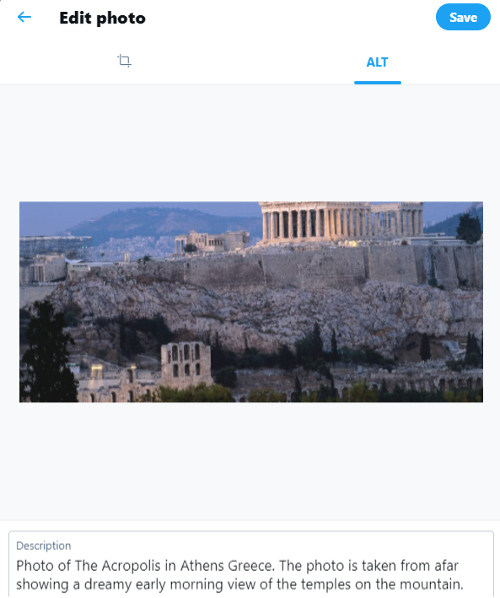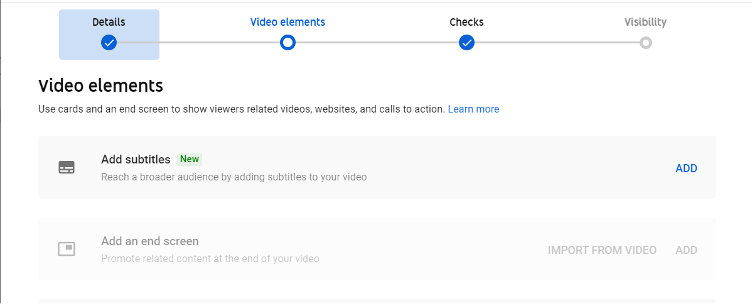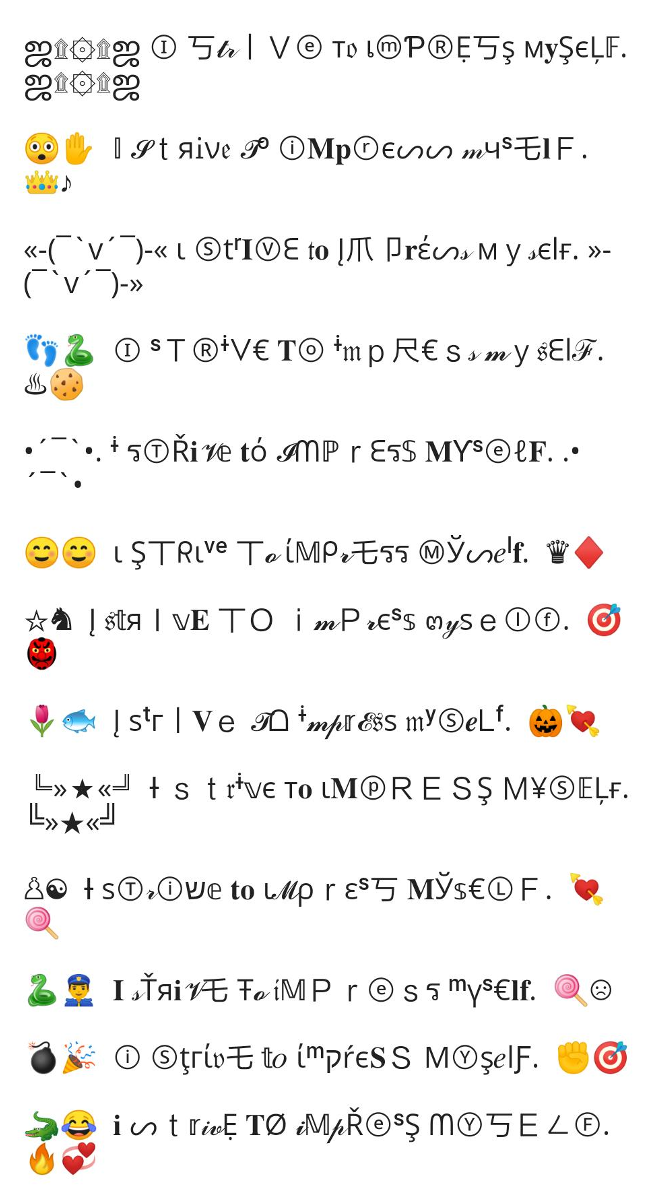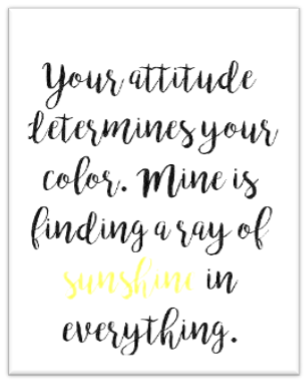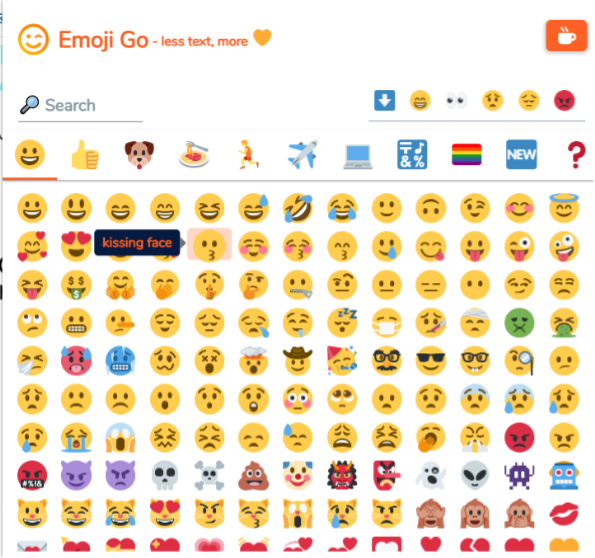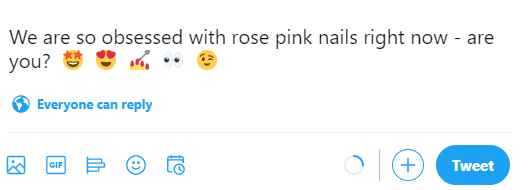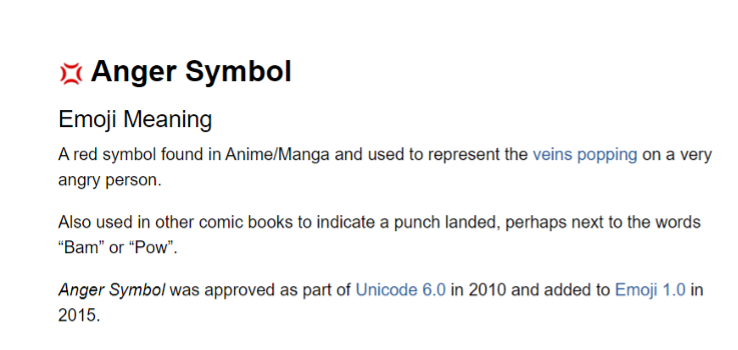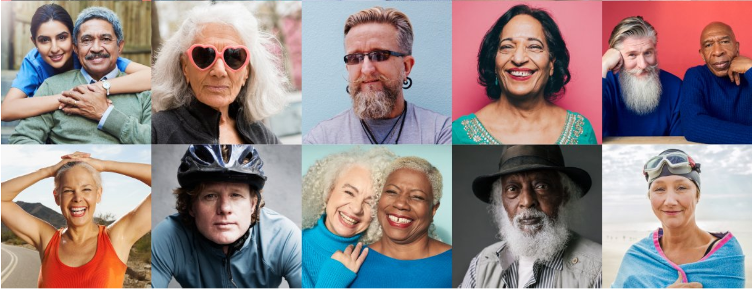Understanding Accessibility on Social Media
The social media landscape has grown increasingly more inclusive in the past decade. Brands have committed to understanding racial injustice, campaigning for equal pay and supporting the LGBTQ community. We’ve also seen more organisations incorporating inclusive images into their social media posts. That could be different nationalities, abilities, genders and body sizes. And that’s awesome. But is our social media accessible to all? In this article, the Moondust team is looking at social media accessibility and how brands can start working to be more inclusive.
Photo by Daniel Ali on Unsplash
What is Social Media Accessibility?
Inclusion isn’t just what you post, it’s how you post it and that’s what we will be looking at today. The fonts, emojis, characters and colours we use in our social media can inadvertently alienate social media community members with impairments such as deafness, blindness and colour blindness. Of course, for most brands this is entirely unintentional, they simply don’t realise. The good news is, if we adjust the way we present content, it can be accessible for everyone.
Accessibility Statistics for 2021
· According to the World Health Organization (WHO), an estimated 2.2 billion people worldwide have some form of vision impairment.
· 49.1 million people in the world are completely blind.
· There are also roughly 466 million people globally who are deaf or hard of hearing. That’s a huge percentage that need to utilise technology like screen readers and text-to-speech programs to participate in social media.
· Senior citizens are using social media more than ever before. 70% of over 55s (boomers) bought something on social media in the past month. Older social media users are more likely to have hearing or visual impairments and rely on inclusive posting.
· Impairments like blindness can be temporary and as a result of surgery eg laser eye surgery therefore affecting even more than those recorded.
· Colour blindness affects approximately 1 in 12 men (8%) and 1 in 200 women in the world. For the vast majority of people, the condition is genetic, but it can also result from diabetes, multiple sclerosis or due to the aging process. Many colour-blind people are unable to fully ‘see’ red, green or blue. There are different types of colour blindness, and some people are unable to see any colour at all. Worldwide, there are approximately 300 million people with colour blindness.
What Can We Do to Be more Inclusive?
As marketers, we really don’t want to think that we have excluded members of the social media community. From a monetary viewpoint, it doesn’t make financial sense to exclude potential consumers. From an ethical standpoint, it doesn’t feel good. So, what can we do to be more inclusive? Let’s look at 3 key areas where you can really start to make a difference!
#1 Alt Text
Alt text or alternative text is the written copy that physically describes an image in a digital space. It plays a significant role in making the online world more inclusive by helping visually impaired or blind people to understand what’s on their screen. Alt text is essential for people using a screen reader or text-to-speech technology. This tech describes the images audibly for the user.
Many people (and brands) don’t realise that it isn’t just websites that encourage alt text. The social networks do too! Facebook, Linkedin, Twitter, Instagram and Pinterest all allow custom alt text to be written when a user uploads a new photo. And it’s so easy to do.
Example
- We uploaded this image of the Acropolis, Greece to Twitter.
- We wrote our caption as normal with any hashtags we wanted to use.
- Then, we also wrote a short description using ALT. By making the description both factual and descriptive, we are enhancing the user’s enjoyment. They can listen to our caption and ALT text being read aloud.
Actually, it’s that easy on all the platforms whether you’re uploading from mobile or desktop. You can find instructions on how to add ALT text to different social media sites here:
Facebook's instructions for adding alt text.
Twitter's instructions for adding alt text.
Instagram's instructions for adding alt text.
LinkedIn's instructions for adding alt text.
Tips For Writing ALT Text
- Watch your spelling - Misspellings, lack of punctuation and abbreviations can cause problems for screen readers. Pay the same attention to spelling in ALT texts as you would in captions.
- Don't write more than you need to – Your alt text should accurately describe the image, but it doesn’t need to be an essay. A good rule of thumb is to keep it the same length as a caption.
- “Extra” identifiers are okay - If the race or ethnicity, or another identifier for a person is relevant to the overall context of the image, you should add it. For example, if the post is about Thai children learning to read then it’s appropriate to identify that the image shows Thai children aged 5 learning to read. If, however, the image simply shows two black women drinking coffee together and the post is about coffee, it isn’t necessary to include a description on ethnicity.
- Spell out acronyms - It’s better to type out the full name or word rather than using acronyms. You can also write it out first then abbreviate it afterwards. Screen readers may not pick up acronyms and this could be confusing to the user.
- Don’t Include lists of keywords – While SEO experts will tell you to include them, we say don’t! Your keywords can form part of your natural sentence structure and that’s fine. But stuffing a bunch of keywords into the ALT text isn’t helpful for the visually impaired.
#2 Video Captions
Before we get started on the accessibility of video captions for the deaf or hard of hearing, we want to remind you of a very important video stat. Over 70% of all social media users watch videos in silent mode. That is usually because they are with other people, in an office setting, are watching a movie and scrolling on their phone or simply don’t want to click to hear sound. So, if your videos don’t have captions, you’re excluding nearly ¾ of all social media users! Let’s get into it.
- Auto Captions - Video platforms like YouTube have been providing extensive captioning options for some time now. They allow auto-captioning which is where the platform interprets what is being said and captions it. That’s all well and good until you introduce a strong accent, complex words or a speech impediment. Then auto captioning can make a huge mess of it.
- Custom Captions - If you’re uploading a video, you may have already written a script for it. If so, upload the script at the same time. That ensures that viewers can accurately understand what’s going on even if they can’t hear the audio of the video.
- Captions on Social Media - The same options apply on all the main social media channels if you look when uploading your video. This is what it looks like on a Facebook page for example. You can click “auto generate captions” and see what that looks like but as we said above, if you can upload your own then you know your video is being accurately represented.
- Captions for Additional Languages - Another huge advantage of uploading captions to your videos is that you can target different languages. Get your script or captions professionally translated and upload them in different language options. Viewers can then toggle across to find the language they want to see. This adds another layer of accessibility.
#3 Fonts, Colours and Emojis
When it comes to accessibility, the fonts, colours and emojis we use can really make a difference. Most people don’t think about them much when uploading to platforms like Instagram, but they can mark the difference between including or excluding people.
- Font types – There’s a trend on social media to write captions in alternate fonts. Sure, it looks pretty and adds character but and it’s a big but, these fonts usually exclude text to speech readers. That means blind or visually impaired fans can’t listen to your captions.
We leave our fonts plain at Moondust Agency and that’s an easy fix that requires no extra effort. When in doubt, Arial, Helvetica, and Calibri are among the most universally accessible typefaces to use. Look for typefaces that make clear visual distinctions between similar characters eg: t and f. Leave your fonts plain on captions and on your profile bios too. Adding fancy fonts simply means a large proportion of the world can’t read about you.
- Stay away from special characters – As with fancy fonts, special characters are rarely picked up well by text to speech readers. These are artistic typefaces and symbols usually used by profiles on Twitter and Instagram. While these may look interesting and make a person’s profile name or text stand out, they are not accessible.
- Capitalize Hashtags - Text reading software will detect and read hashtags for the visually impaired. But, if a hashtag is made from multiple words and only the first letter is capitalised, then the software will read it out as one long word.
Example:
Freesodaforall will be read as one word and won’t make any sense.
FreeSodaForAll will be read as Free Soda for All!
- Be careful on colour – People with colour blindness find it hard (or impossible) to read certain colours. So, if you have written your caption in blue, they may see nothing at all. Additionally, some colours are just hard to read in general. Yellow text on a white background isn’t accessible at all. Even this IG image illustrate the point.
You can visit www.WhoCanUse.com to better understand how your color palette looks to someone with color blindness.
- Emojis – Relax, we’re not going to tell you to give up emojis! Everyone loves them but did you know that emojis each have their own description? If you use an emoji extension on your desk top, you can hover over the emoji to see what the description is. EG kissing face.
When someone using a screen reader or text-to-speech program on social media comes across emojis they will hear them read out. So, for example this caption :
would be read as:
We are so obsessed with rose pink nails right now - are you question star struck, smiley face with heart eyes, nail polish, eyes, winking face.
Confusing right? That's why it's important to be smart and strategic about how you use emoji in your social media content. Here are some more tips for being accessible with your emojis:
- Don’t use too many – Too many emojis will be read as a string and that’s just confusing. Dare we say annoying?
- Don’t put them in your text – Use emojis at the end of your text if you want the content to make sense to anyone using tech to listen to your captions.
- Keep them yellow – Whilst changing emoji faces and hands to different skin colours is a good thing sometimes, don’t overdo it. Every unique icon gets its descriptor information read aloud by screen readers.
- Don’t add too many emojis into your bio – Again these will be read aloud and so the listener will not understand the bio meaning at all.
- Double-check descriptions – sometimes emojis don’t have particularly nice or appropriate descriptions. If you’re using new ones, be strategic and check them out at emojipedia.org. This website lists every emoji along with their different appearances and descriptions across platforms and devices.
Did you know this symbol meant anger? We’ve often seen it used to announce new products or emphasise a sale!
Inclusive Stock Photos
Whilst stock photos don’t physically exclude or prevent access, they can exclude by not representing real people accurately. We mentioned inclusive stock photo sites earlier so here are a few of our faves:
- Can We All Go is a photo site dedicated to fairly and beautifully representing plus size models. Body positivity is part of the inclusivity movement and has been championed by brands like Dove.
- The Disabled And Here is a disability-led stock image and interview series celebrating disabled Black, Indigenous, people of colour (BIPOC). We love the vibrancy of the photos which can easily be used in social media posts. Another great site is Photo Ability.
- AARP is a stock photo site committed to rejecting the stereotypes associated with aging in media. In collaboration with Getty Images, AARP launched the Disrupt Aging Collection, a library of 1,400-plus images designed to paint a more accurate portrait of how people age in today’s society. The photos are bold, beautiful and vibrant and can be included in any social media post or campaign.
Before we wrap up this article, we would like to thank Alexa Heinrich for an incredible inclusivity checklist. We’ve bookmarked it here in the Moondust office!



